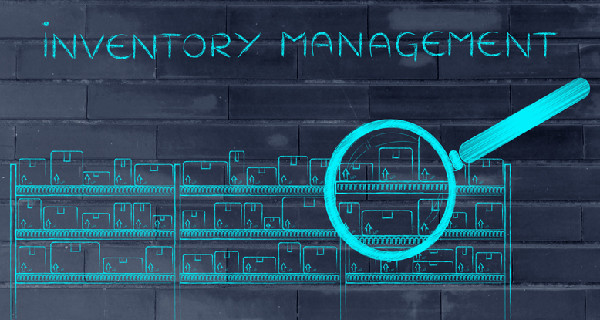How Radar Level Measurement Works
Radar is one of the most advanced forms of level measurement technology available in the dry bulk material industry.
17 Jun 2020
How It WorksRadar is one of the most advanced forms of level measurement technology available in the dry bulk material industry. Radar measures the level of material by monitoring the time it takes for a microwave pulse to travel from the level meter to the surface of the material being measured and back to the meter. The time is calculated into distance which is then translated into a level measurement.
FrequencyFrequency is the number of transmitting cycles per unit of time and is measured in hertz. Higher frequencies move at faster intervals and allow for a narrower beam angle. Lower frequencies on the other hand, will have a larger width of the beam angle for a given size of antenna. Radar operates at various frequencies - from 5.8 GHz up to 78 GHz. The lower the frequency, the less sensitive the device will be to dusty conditions inside of a tank or silo. The optimal level of frequency for a radar device will vary from application to application. To find out if radar technology is suitable for your application, be sure that technical specifications are reviewed and an application data sheet is completed.
Beam AngleAn antenna is used to direct the beam angle to an optimal position in the material to get an accurate level measurement reading. A narrower beam angle allows the unit to focus on a particular point of the material and see past obstructions in the tank or vessel. By being able to see past obstructions, such as a split silo construction or a silo with internal baffles or welds, the radar unit will give more accurate readings. A narrower beam angle is also better for sharper angles of repose. A wider beam angle is more forgiving when false echoes from the internal structure of a vessel or silo cannot be avoided. Wider beam angles are effective for high levels of dust or steam.
 Click here to download the AccuBin™ Inventory Management Brochure
Click here to download the AccuBin™ Inventory Management Brochure
-

How Radar Level Measurement Works
Radar is one of the most advanced forms of level measurement technology available in the ...
-

Top 3 Reasons to Automate Inventory Management
Whether your company is a supplier, an in-process facility or even a smaller operation, inventory ...
-

Save With Remote Inventory Management
Remote inventory management is designed to do the heavy lifting for you while saving your ...
-

Overcome Your Inventory Challenges
General lack of inventory data, outdated technology, customer demand, and limited visibility are just some ...
-

What is Inventory Management?
The financial and safety liability of physically collecting inventory data, lead to the development of ...
-

Managing Inventory Through the Cloud
Cloud-based computing, or Software as a Service (SaaS), allows you to store and access data ...

Copyright © 2020 Venture Measurement Co. LLC